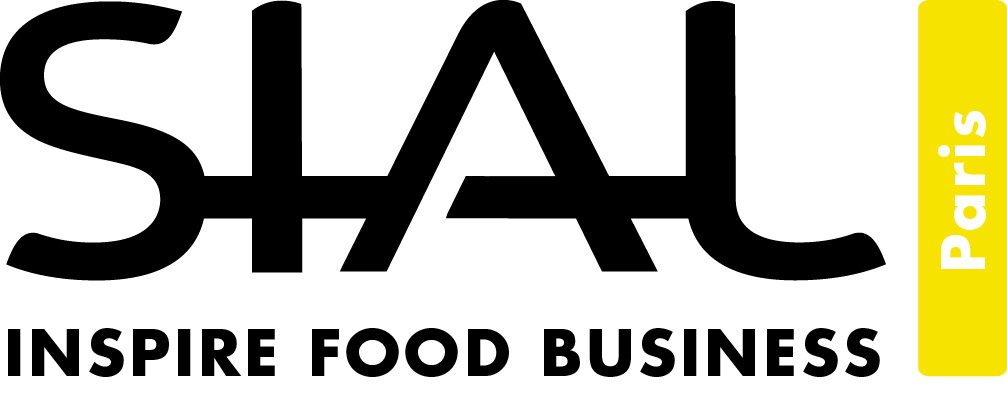The African Development Bank is leading the way to adapt African agriculture to climate change
About 65% of the uncultivated, arable land left to feed the world is in Africa. The size of Africa’s food and agriculture market will be worth $1 trillion (approximately €912,720,956,900) by 2030 and could be capable of feeding the continent if it is adapted to the challenges of climate change and disruption in food supply.
Africa has a great potential for agriculture according to the African Development Bank but it must efficiently target crises which are a threat to the continent’s potential to become a breadbasket for the world. Rising global temperatures and increasingly erratic weather extremes like flooding and drought are issues that need to be urgently addressed.
Many of the worlds most climate-vulnerable countries are in Africa; in fact, 60% of the world’s top 10 at-risk countries for drought are on the continent. This means agriculture needs to adapt to this climate transformation. According to the African Development Bank, opportunities exist for win-win solutions that increase productivity and resilience while reducing or limiting carbon emissions.
Since the Bank launched its Feed Africa Strategy in 2015, more than 74 million people have benefited from access to improved agricultural technologies. The bank’s flagship programme, “Technologies for African Agricultural Transformation” (TAAT), has already provided 11 million farmers across 29 countries with proven climate adapted agricultural technologies, including heat tolerant wheat, drought tolerant maize and low carbon emission protein production for local aquaculture.
TAAT sustains agricultural productivity that mitigates risks of climate change by promoting food diversification and processing in 18 agricultural value chains. Technologies and research are implemented in 9 commodity value chains: maize, rice, wheat, high-iron bean, cassava, orange-fleshed sweet potato, sorghum/millet, livestock and aquaculture.

Working towards a brighter future
TAAT’s goal is to increase food output by 100 million tons, enough to feed an additional 200 million persons, more than 80% of people suffering of malnutrition or hunger. This would go with UN Sustainable Development Goal 2 (Zero Hunger) by lifting 40 million farmers out of poverty by 2030.
Several groups already support the TAAT platform, particularly in research. They include the African Development Bank, the Bill & Melinda Gates Foundation, the Alliance for a Green Revolution in Africa, the International Fund for Agricultural Development, and the Consultative Group on International Agricultural Research. Since 2015, TAAT achievements have been remarkable: food production has increased by more than 12 million metric tons and reduced food imports by over US$800 million (approximately €730 096 794). The Bank believes that it is on the way to achieving its target of reaching 40 million farmers with modern and climate-resilient technologies.
Challenges remain however. In an interview published in July 2023, Ibrahim Mayaki, the Special Envoy for Food Systems of the African Union, explained that, although the continent helped reducing extreme poverty over the last 20 to 25 years, malnutrition is still on the increase while the food import bill remains very high, at over 60 billion dollars a year.
Join us at SIAL Paris as exhibitor Join us at SIAL Paris as visitor
